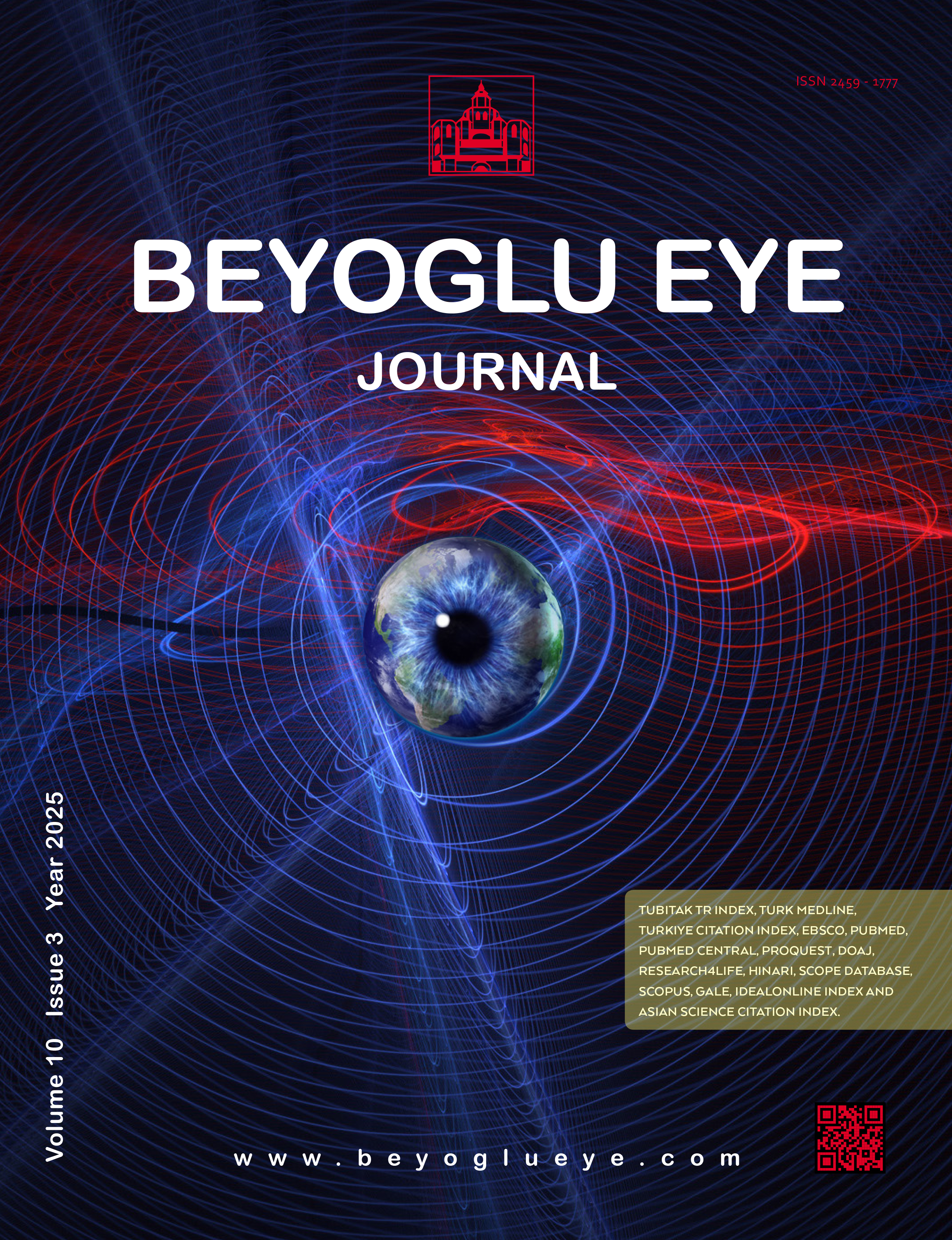
Selenium: Could It Be the Game-Changer for Ocular Surface and Anterior Chamber in Graves' Disease?
Pelin Kiyat1, Gokcen Gungor Semiz21Department of Ophthalmology, Izmir Democracy University, Buca Seyfi Demirsoy Training and Research Hospital, Izmir, Türkiye2Department of Endocrinology and Metabolism, Izmir Democracy University, Buca Seyfi Demirsoy Training and Research Hospital, Izmir, Türkiye
OBJECTIVES: To evaluate the effects of selenium supplementation on ocular surface parameters and anterior segment architecture in euthyroid Graves' disease (GD) patients without ophthalmopathy.
METHODS: This cross-sectional study included 218 consecutive euthyroid GD patients without clinical manifestations of Graves' ophthalmopathy (GO). Patients underwent comprehensive ophthalmological examination, including the Ocu-lar Surface Disease Index (OSDI) questionnaire, tear film break-up time (T-BUT), Oxford scale scoring, and Pentacam Scheimpflug imaging for anterior segment parameters assessment. Selenium intake was questioned, and based on selenium intake, participants were divided into two groups: the selenium intake group (n=106), receiving selenium supplementa-tion (100 μg twice daily for 6 months) with standard anti-thyroid therapy, and the control group (n=112), receiving only standard anti-thyroid therapy.
RESULTS: The mean age was 45.7±7.8 years (range: 3061) in the selenium intake group (n=106; 48 females, 58 males) and 46.1±7.5 years (range: 3060) in the control group (n=112; 52 females, 60 males), with no significant difference between groups (p=0.821 for age, p=0.904 for gender distribution). The mean duration of selenium supplementation was 11.4±4.2 months. The selenium group showed significantly better ocular surface parameters, with lower OSDI scores and higher T-BUT values compared to the control group (p<0.001 for both). Oxford staining scores were lower in the selenium group, though not statistically significant (p=0.244). Pentacam analysis revealed significantly higher anterior chamber volume (p=0.024) and central corneal thickness (p<0.001) in the selenium group, while anterior chamber depth and angle width were higher but not statistically significant (p=0.322 and p=0.276, respectively).
DISCUSSION AND CONCLUSION: Selenium supplementation is associated with better ocular surface parameters and different anterior seg-ment architecture in euthyroid GD patients without ophthalmopathy. Clinical associations observed in these cases may be related to selenium's antioxidant and anti-inflammatory properties through glutathione peroxidase and thioredoxin reductase activity, suggesting selenium as a potentially beneficial therapeutic approach for ocular surface integrity in GD.
Manuscript Language: English









